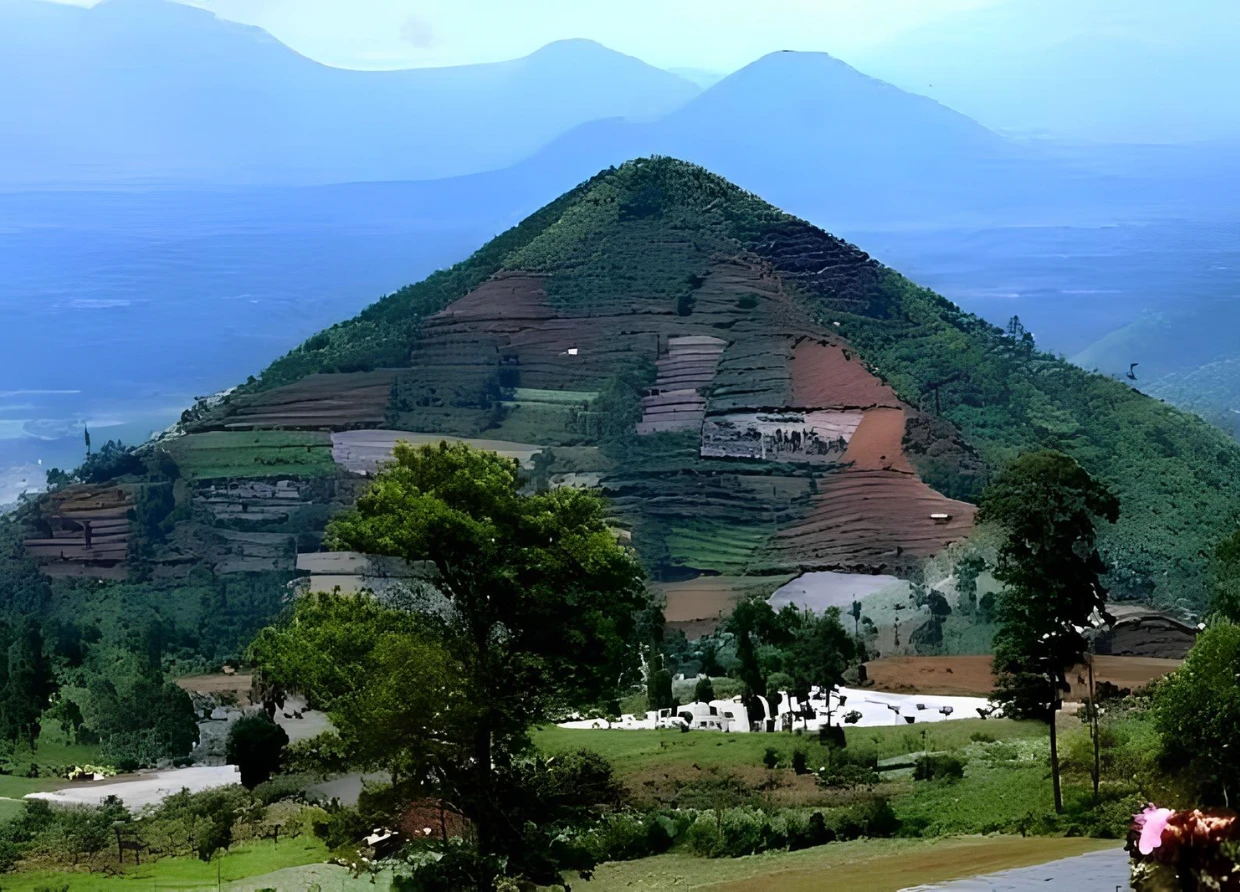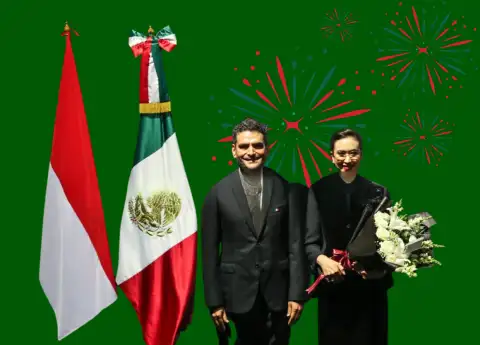GUNUNG PADANG: THE LOST PYRAMID THAT COULD REWRITE PREHISTORY
Gunung Padang: Unveiling the Ancient Pyramid That Could Redefine Human Prehistory

Deep within the lush hills of West Java, Indonesia, a remarkable site is challenging everything we know about ancient civilizations. Gunung Padang, which translates to the “mountain of enlightenment” in the Sundanese language, has long been shrouded in mystery. But as new scientific evidence emerges, this ancient structure is revealing itself as something far more extraordinary than previously thought: possibly the oldest pyramid in the world, predating even the famed pyramids of Giza.
Recent excavations at Gunung Padang have uncovered startling evidence suggesting the structure could be as much as 27,000 years old, placing it well before any other known megalithic site, including Göbekli Tepe in Turkey. For comparison, the Great Pyramid of Giza, often considered the benchmark of ancient architectural achievement, is roughly 4,500 years old.
This potential timeline shift forces historians to reconsider the capabilities of ancient human societies. Gunung Padang, long recognized by the local Sundanese people as a “punden berundak” (a stepped pyramid), was initially thought to be a natural hill. However, modern geological and archaeological surveys have uncovered a far more intricate reality: the site appears to have been deliberately shaped by its creators, using volcanic rock and advanced engineering techniques.
The structure consists of five distinct terraces, the highest of which may date back to the last glacial period, around 25,000 BCE. These terraces are evidence of complex and intentional design, with each layer representing different phases of construction over millennia. As researchers dive deeper into the site’s rich stratigraphy, questions continue to mount about the motivations and societal organization of the builders.
One of the most intriguing findings from recent investigations is the discovery of hidden chambers beneath the surface. Seismic imaging has identified several large cavities, some as long as 15 meters, that may contain artifacts or even provide clues to the site’s original purpose. This prospect has fueled theories that the pyramid might have served a spiritual or astronomical function, marking a significant departure from the more utilitarian structures commonly associated with prehistoric humans.
The pyramid’s builders may have been far more advanced than initially assumed. The precision of the megalithic stones and the strategic use of volcanic materials suggest a sophisticated understanding of both engineering and the natural world. In fact, these discoveries challenge the conventional narrative that early societies were primarily hunter-gatherers. Instead, the evidence points to an advanced civilization capable of monumental feats of architecture and organization.
Researchers, including prominent geologist Danny Hilman Natawidjaja, have used a variety of techniques—core drilling, radar surveys, and subsurface imaging—to piece together the site’s complex history. They’ve identified at least three distinct construction phases: the earliest, dating back to between 25,000 and 14,000 BCE, the second, from around 7900 to 6100 BCE, and a final phase from 2000 to 1100 BCE. Each stage reveals an ongoing commitment to building, expanding, and enhancing the site, hinting at its central cultural and possibly spiritual importance over thousands of years.
Yet, the most perplexing aspect of Gunung Padang lies in its intentional burial. In a move that defies easy explanation, sections of the pyramid were deliberately covered over with soil and rock around 6000 BCE. Why ancient builders would bury parts of the structure remains a subject of debate, but it suggests a deep, evolving cultural significance tied to the site.
Today, Gunung Padang remains a subject of intense study, with excavation teams pushing the boundaries of what we know. The vast, hidden chambers beckon further exploration, and the promise of new discoveries grows ever closer. Some scientists hope to lower cameras into the pyramid’s depths to reveal what has been hidden for millennia.
Gunung Padang is more than just an archaeological site; it’s a key to unlocking the mysteries of prehistoric human achievement. As research continues, this extraordinary structure may soon take its place at the center of ancient history, forcing historians to rewrite the timeline of human civilization.
In the coming years, expect more revelations as the truth about Gunung Padang continues to unfold, reshaping our understanding of ancient engineering, societal complexity, and the hidden achievements of those who came long before us.
#THE S MEDIA #Media Milenial #Gunung Padang #ancient pyramid #Indonesia #West Java #megalithic structures #archaeological discoveries #human prehistory #ancient civilizations #Giza #Stonehenge #lost civilizations #volcanic architecture #advanced engineering #prehistoric societies #historical revision #stepped pyramid #underground chambers #geological surveys #cultural significance #ancient builders #radiocarbon dating #architectural marvel #hidden chambers #prehistoric monuments #historical timeline #ancient knowledge #technological advancements #Southeast Asia archaeology


























